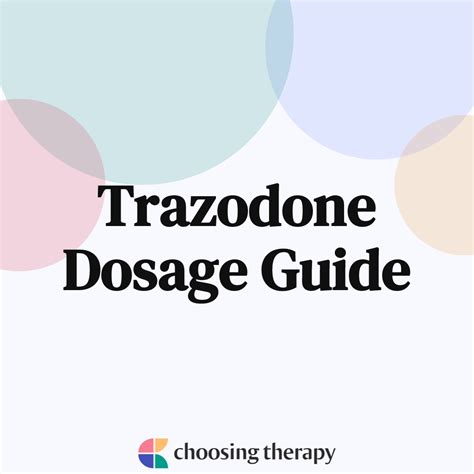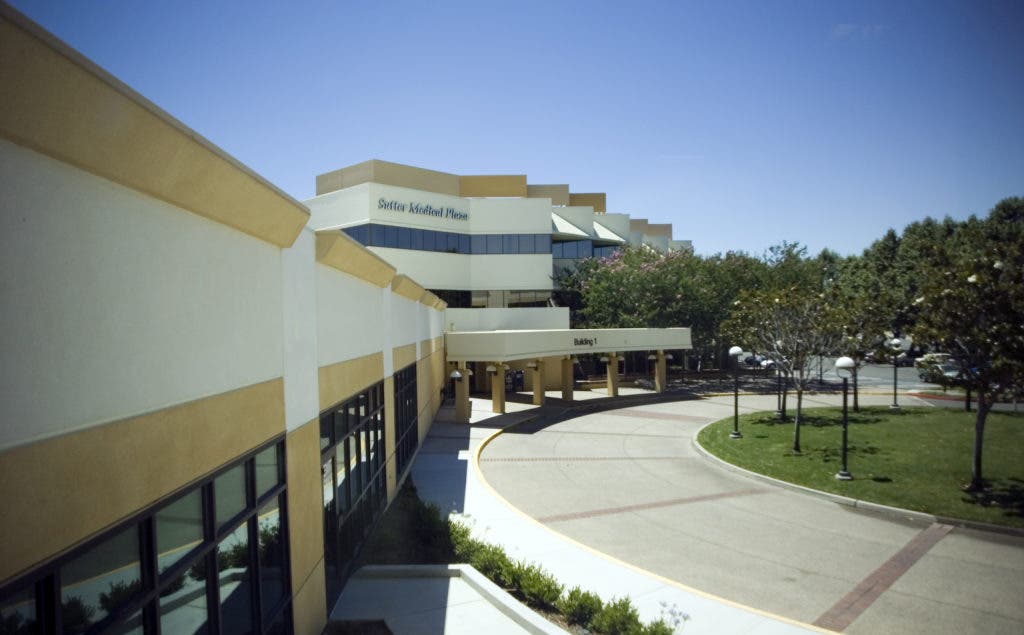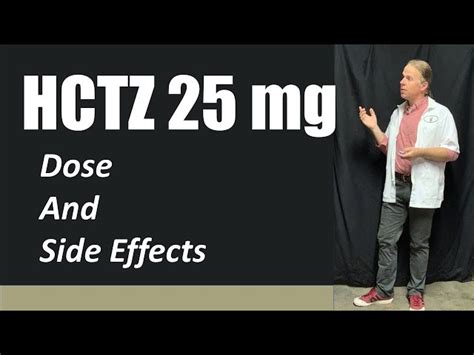The presence of varicose veins can be a significant source of discomfort and self-consciousness for many individuals. These enlarged, twisted veins, often appearing on the legs, are not just aesthetically displeasing but can also lead to pain, swelling, and in severe cases, more serious health issues such as blood clots or ulcers. Traditional treatments for varicose veins have included surgery, sclerotherapy, and lifestyle changes, each with its own set of limitations and potential complications. However, advancements in medical technology have introduced a more efficient, less invasive method: laser treatment for varicose veins.
This minimally invasive procedure utilizes laser energy to heat the vein, causing it to close off and eventually disappear. The laser treatment is directed precisely at the affected vein through a thin tube (catheter) inserted into the vein under local anesthesia. The accuracy and control provided by laser technology allow for the preservation of surrounding tissues, reducing the risk of damage and promoting faster recovery times compared to surgical interventions.
Understanding Varicose Veins
Before delving deeper into the specifics of laser treatment, it’s essential to understand what varicose veins are and why they occur. Varicose veins are a common condition where the veins become enlarged, dilated, and overwrought with blood. This condition typically arises due to issues with the venous valves, which are responsible for preventing blood from flowing backward. When these valves fail, blood can pool in the veins, leading to their enlargement.
Factors contributing to the development of varicose veins include genetics, age, gender (with women being more frequently affected due to hormonal factors), obesity, and occupations that involve prolonged standing or sitting. Understanding these risk factors can help in the prevention and management of varicose veins.
The Laser Treatment Process
The process of laser treatment for varicose veins begins with a thorough consultation and examination by a medical professional. This initial step is crucial for determining the suitability of the patient for the procedure and for identifying the specific veins to be treated.
Preparation: The patient is prepared for the procedure by changing into a gown and lying on an examination table. The area to be treated is cleaned, and a local anesthetic may be applied to minimize discomfort.
Insertion of the Catheter: Under ultrasound guidance, a small incision is made through which the catheter is inserted into the affected vein. The catheter is then guided to the desired location within the vein.
Laser Application: Once the catheter is in place, a laser fiber is introduced through the catheter, and laser energy is applied to the inside of the vein. The heat generated by the laser causes the vein to shrink and close.
Post-Procedure Care: After the procedure, the catheter and laser fiber are removed, and the small incision is closed. The patient is then monitored for a short period before being discharged. It is common for patients to experience some bruising, soreness, and possibly temporary numbness in the treated area, but these side effects are typically mild and temporary.
Benefits of Laser Treatment
Laser treatment for varicose veins offers several advantages over traditional surgical methods:
- Minimally Invasive: The procedure involves minimal incision, leading to less trauma to the body and reduced risk of infection or scarring.
- Quick Recovery: Patients can usually resume their normal activities within a few days of the procedure, with some able to return to work immediately.
- Precision: Laser technology allows for precise treatment of the affected vein with minimal damage to surrounding tissue.
- Low Risk of Complications: The risk of complications such as infection, scarring, or nerve damage is significantly reduced compared to surgical methods.
Future Directions and Technologies
As medical technology continues to evolve, so too will the treatments available for varicose veins. Emerging technologies and techniques, such as improved laser systems with enhanced precision and less invasiveness, are under development. Additionally, there is growing interest in non-thermal, non-tumescent procedures that could potentially offer even quicker recovery times and fewer side effects.
Conclusion
Laser varicose vein treatment represents a significant advancement in the management of varicose veins, offering a minimally invasive, effective, and safe alternative to traditional surgical methods. Its precision, minimal recovery time, and low risk of complications make it an attractive option for individuals seeking to alleviate the discomfort and aesthetic concerns associated with varicose veins. As with any medical procedure, it’s crucial to consult with a healthcare professional to determine the most appropriate treatment plan based on individual needs and medical history.
What is the typical recovery time after laser varicose vein treatment?
+The recovery time can vary, but most patients can resume their normal activities within a few days. It’s common to experience some bruising and soreness, but these side effects are usually mild and temporary.
Is laser treatment suitable for all types of varicose veins?
+Laser treatment is effective for many types of varicose veins, especially those that are not too large. However, the suitability of the treatment depends on the individual’s condition and the size and location of the varicose veins. A healthcare professional can provide a personalized assessment and recommendation.
What are the potential risks and complications of laser varicose vein treatment?
+While laser treatment is considered safe, potential risks and complications can include infection, scarring, nerve damage, and temporary numbness or tingling. However, these complications are rare when the procedure is performed by an experienced medical professional.



